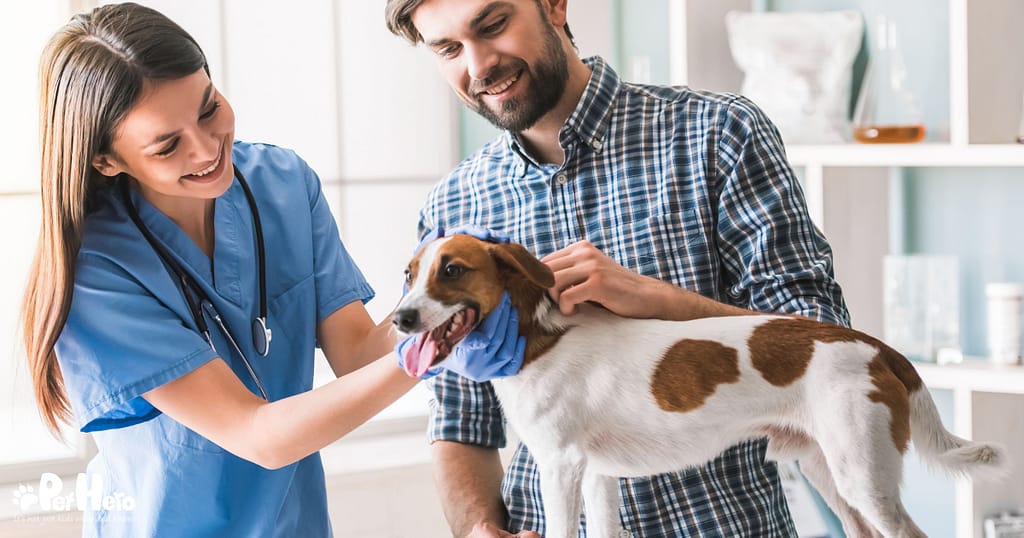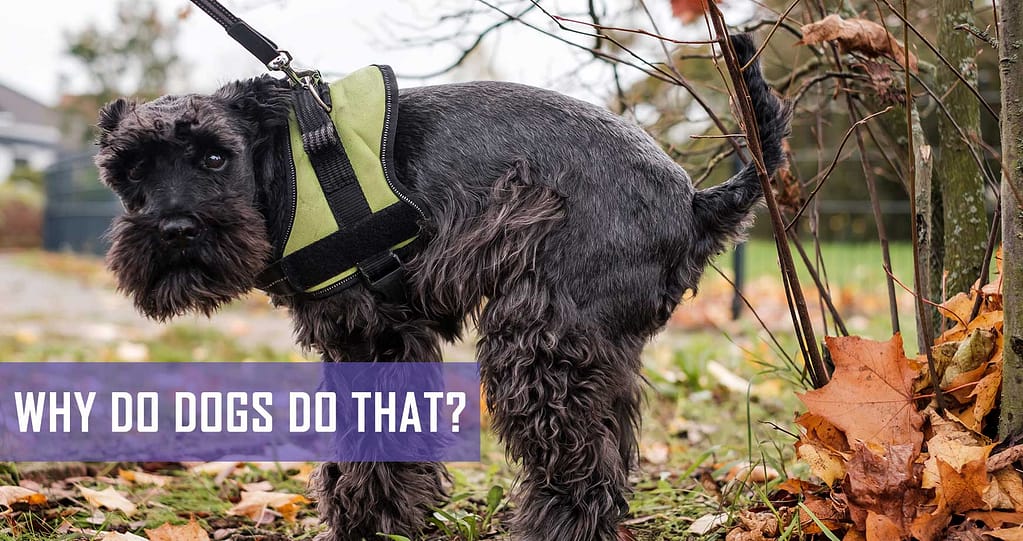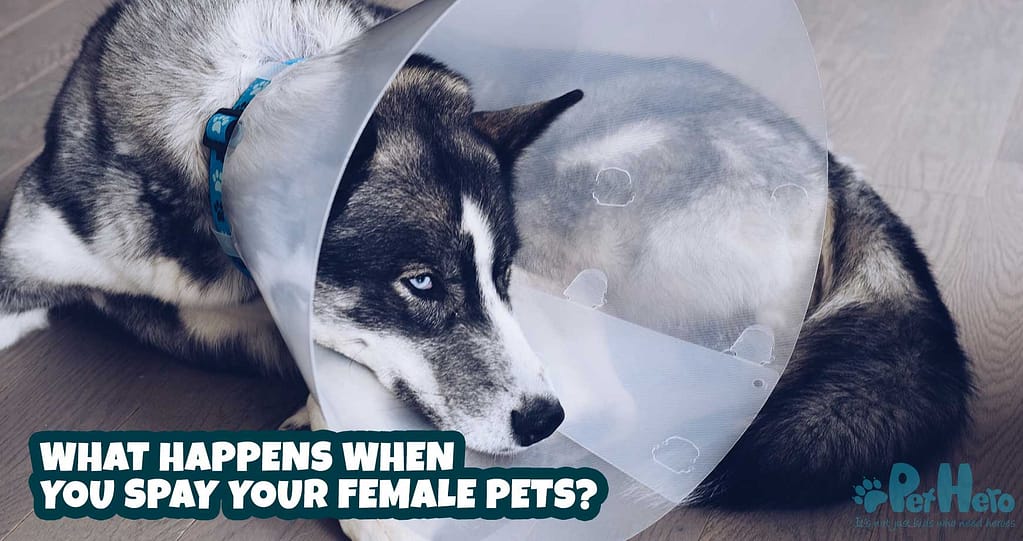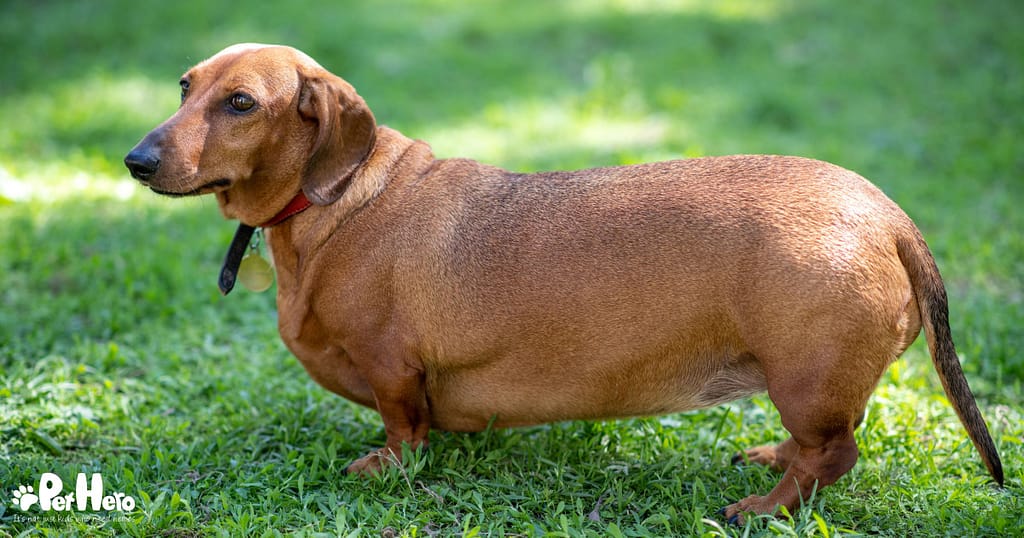While we focus on vital infurmation that can have a significant impact on your pet’s health, there is one aspect of your furry friend’s health and wellbeing that often gets overlooked: the importance of the relationship between pet and vet.
Who you choose as your pet’s primary veterinarian – or dogtor, come on now – and the way in which you interact with them, can have a lifelong impact on your pet’s experience at the vet. In this article, we explore all the necessary factors that influence who you choose as your pet’s second most important person – their veterinarian.
What to look for in a veterinarian
Think of your pet’s veterinarian as you would your child’s paediatrician (pawdiatrician… ahem). You’d want this medical caregiver to give your ‘fur child’ the care and attention they deserve; to approach your pet’s care as they would their own animals’ – to offer your pet nothing but the very best in compassion and care.
Caring for pets is the ‘easy’ part. You will also want your pet’s vet to be skilled – with a very wide field of veterinary experience, while also staying up to date with the latest and best in veterinary knowledge, medicine and technology.
Veterinary ‘bedside manner’ is the cornerstone of your pet’s care – the veterinarian will have to be excellent with animals, but also good with people. They need to be able to communicate in plain language so that their patients’ pawrents understand what’s going on with their pets, and also understand what level of at-home care is required after a procedure, or to facilitate healing from a disease. Veterinary treatment is one thing, but at-home compliance with medication, diet, rest, and other aspects of care require trust between you and the vet. The veterinarian and the pet owner should be ‘in this together’ – sharing the responsibility of the pet’s wellbeing. Therefore, you’ll want to choose a vet who can meet you in the middle in terms of open communication and mutual respect – all for the sake of your pet’s good health.
How to choose the perfect vet
Choosing the right veterinarian for your pet is as much a practical consideration as it is an emotional or idealistic one. The following factors need to be taken into account:
Location
The location of your pet’s vet is critical. The shortest route to the vet practice is obviously the most convenient, but some pet owners will get a recommendation for a vet who is so good that they are prepared to travel further for better pet care. However, if your pet has a life-threatening medical emergency in which time is critical, the extra distance can mean the difference between a good or a bad prognosis.
Affordability
Some veterinary services are more expensive than others. Veterinary medicine is expensive to practise, so the better and more modern the facilities, the more costly the services offered by the practice can be. If the practice is in a more affluent area, where overheads and utilities are more expensive, this can also have a financial impact on what you pay for your pet’s care.
Operating hours
Do the vet’s operating hours suit your schedule? Some vets do surgeries in the morning and are only open for consultation in the afternoons. Some vet practices split their consulting hours and are closed during midday hours; some offer 24-hour hospital services, while others have an emergency number for a vet who is on call. Some close at 16h00; some at 19h00.
Ask your prospective veterinary practice how they approach various scenarios such as general enquiries, walk-ins, appointment scheduling, bookings for surgeries and, especially, what you should do or who to call in an emergency situation.
Species specialist
Not all veterinary practices have a species specialist available. Small pets like hamsters, rabbits, mice and rats require specialist care, as do birds, geckos, bearded dragons, snakes and other exotic pets. If your pet is fairly rare, it’s important that you find a specialist veterinarian who can offer the correct care, rather than expecting a generalist vet to know how to diagnose a health problem in your tiger or marsupial.
Recommendations
One of the best ways to choose the pawfect vet is by asking for recommendations from other pet owners in your area – specifically pet owners with similar pets to yours. Write up a shortlist of these recommendations and then browse their Facebook pages and Google listings to check their reviews. Keep in mind that it is better to base your choice on the word of mouth from people you trust rather than a rating on the internet.
The feeling you get when you walk in
With a shortlist of veterinary practices to choose from, take the time to visit each one to ask questions, understand their fees, check their consulting hours, etc. When you walk into each practice, take note of how you feel. Is the practice kept clean and hygienic? How are your interactions with the front desk staff? Do they seem friendly, motivated, energetic? If you had to get a feeling for each practice, this would be it.
When to look for a veterinarian
The best time to look for a veterinarian is before you adopt your next pet. While you are planning to add to your furry family (or feathered, fuzzy or finned family for that matter), speak to the vets you’ve shortlisted, about the pet you want to adopt and arrange to bring the pet in for their first check-up.
Another good time to look for a veterinarian is if you’ve moved house to a different town or suburb. Just as you would look for a new GP, school, gym, library or go-to shopping centre, so too should you find your closest or best vet practice when you relocate. If you don’t yet know anyone in the area, ask for recommendations from other residents on community groups on Facebook or WhatsApp.
Don’t wait until you need an emergency vet, before you are forced to phone around and try to find a veterinarian you don’t know, who is available to help. In this instance, a little planning will go a long way. Keep your chosen vet’s number on your phone (and on your spouse’s and children’s phones), on the fridge, and in your car so that you or anyone else can phone the vet in an emergency situation – but just have it ready!
When to see the vet
It’s important to visit the vet when:
- you first adopt your new pet – let the veterinarian do an initial examination and, if your pet is healthy, this will establish their health baseline
- it’s time for your pet’s vaccinations and boosters, deworming and other preventative care – such as tick and flea medication, and general check-up
- it’s time to spay or neuter your pet
- your pet needs a dental cleaning
- your pet gets hurt, appears under the weather, or shows other symptoms of illness
- your pet is ageing and they may need more regular check-ups to monitor their health
- your pet is suffering and you might need the veterinarian to help you make some difficult decisions about their wellbeing
If you are concerned about your pet’s health at any stage in their life, don’t hesitate or wait for symptoms to get worse before they improve. Some symptoms may be indicative of a life-threatening emergency, so the veterinarian wouldn’t want you to wait either!
What to expect at the vet
Many excellent veterinarians will treat your pet as though they were a familiar friend or family member – they love animals and it will show in their interaction with your pet. They will want your pet to have a positive experience at their practice, which is not only good for the pet’s wellbeing, but also makes it easier to interact with them in future.
Animals that associate the vet’s office with a negative experience could be anxious and may react nervously when touched. Animals that are relaxed and are used to being handled make the vet’s job a lot easier, especially when they need to administer injections, inspect ears or limbs, or do palpations.
From the reception staff to assistance staff, veterinarians and vet nurses – everyone should have a clear and open appreciation for your pets. It’s a common experience at popular vet practices to have vet staff greet pets and owners by name.
At most vet practices, you’ll need to make an appointment to see the vet. When you arrive for your appointment, let the reception staff know you are there, and wait until you are called. Keep your cat (or other small pet) in her carrier while you are in the waiting area. Keep your dog leashed and completely under your control. If you are concerned about your dog being reactive towards other animals in the waiting area, let the staff know and keep your dog outside until the vet comes to call you.
You will need to settle your vet bill before you leave the practice. If you have pet health insurance, they might settle the bill for you, or you will need to settle the bill and they will reimburse you. Confirm this with your health insurance provider before there is any confusion at the vet.
How do you know if you have a good vet?
If you are at the vet’s office for a regular check-up or a dental cleaning, the veterinarian will do a thorough physical examination as part of their standard procedure. This gives them the opportunity to check for anything out of the ordinary (screening), even if you are there for something specific. If you have concerns about your pet’s health, bring in a list of symptoms as well as a timeframe on which you noticed the symptoms. It helps to write it down so that you don’t omit anything during your pet’s appointment.
The veterinarian will also want to work with you in ensuring your pet’s health and wellbeing is prioritised. If they can see that your pet is a little chubby, they may recommend a healthy weight management diet or ask about your pet’s exercise routine. The vet will not judge you – they will simply want to mitigate any obesity-related health issues from cropping up in future, and ensure that your pet lives a long and healthy life, free from pain.
Similarly, if the vet can see that your pet’s fur is a bit dry or their skin needs some conditioning and attention, they will make recommendations to prevent symptoms from getting worse, and to help you to improve your pet’s quality of life.
Many vet practices also have a dispensary as well as a vet shop where you can buy pet food, toys, medications and a whole range of pet products. It’s unlikely that you will find absolutely everything you need for your pet – as a result of a limited amount of space.
For any gaps in your pet product inventory, there’s Pet Hero.
Every week, Pet Hero sends out the Weekly Paws – a regular newsletter that announces pet product pawmotions, gives tips and advice, and encourages pet owners to be pet heroes! Find pet quotes, specials, new products, and all the latest in pet care content. Sign up to the Weekly Paws newsletter today! (No spam – that’s a purromise!)







